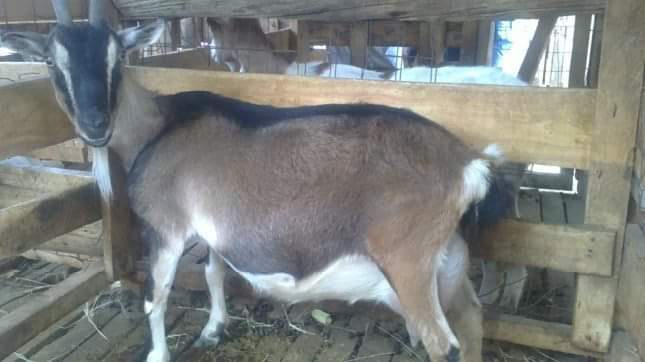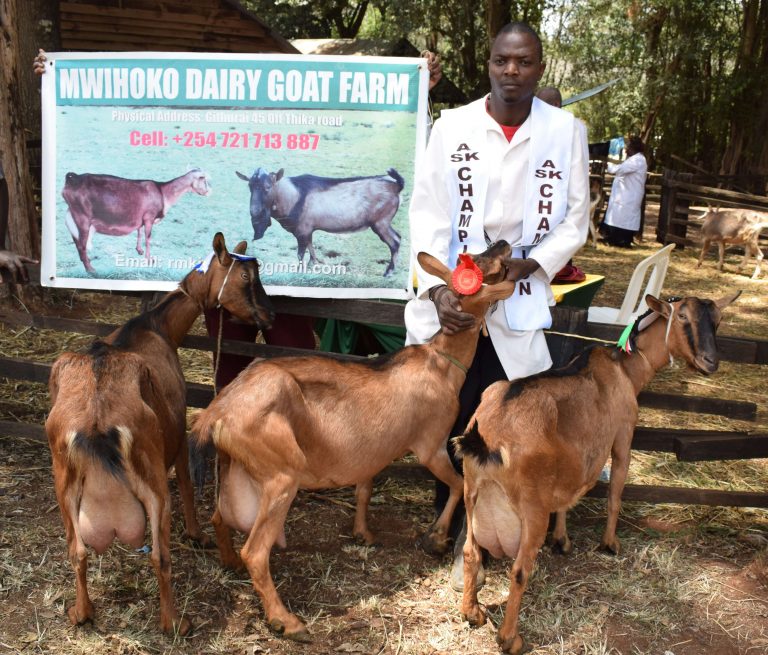The increasing human population is leading to increased land pressure. Consequently, the smaller land sizes cannot support dairy cattle, making the dairy goat a better option. As a nation, promoting dairy goat’s production we will be addressing the millennium development goals of alleviating extreme poverty and hunger.
Goats are a good pathway out of poverty for smallholder farmers. The high quality of goat’s milk addresses malnutrition at the household level.There are many advantages that can be realized from keeping dairy goats which include;
• Goat’s milk is highly nutritious and has medicinal value thus increasing its demand.
• Have a superior production capacity than a cow. A dairy cow is bigger in size and therefore requires more feeds, water, mineral salt and labour than a dairy goat.
• Can be reared in urban and peri-urban plots. This is because the faecal consistence (pellets) is easier to handle and dispose than the bulky cow dung from dairy cattle
• Requires relatively smaller space than a dairy cow•
Dairy goats are much easier to convert to money than a cow
• Dairy goats are less vulnerable to diseases especially tick borne diseases e.g. anaplasmosis, babesiosis and is not susceptible to ECF
• Goats are fastidious feeders, as a result they are the last animals to die from drought.
• Goats consume a wide variety of grasses, weeds and small branches of bushes and trees. They also act as scavengers consuming discarded leaves, peelings and roots of vegetables, corn husks, citrus and banana peelings and other waste plant residues that would otherwise cause pollution
• Goats multiply faster since they can kid twice a year and often produce twins or triplets.



